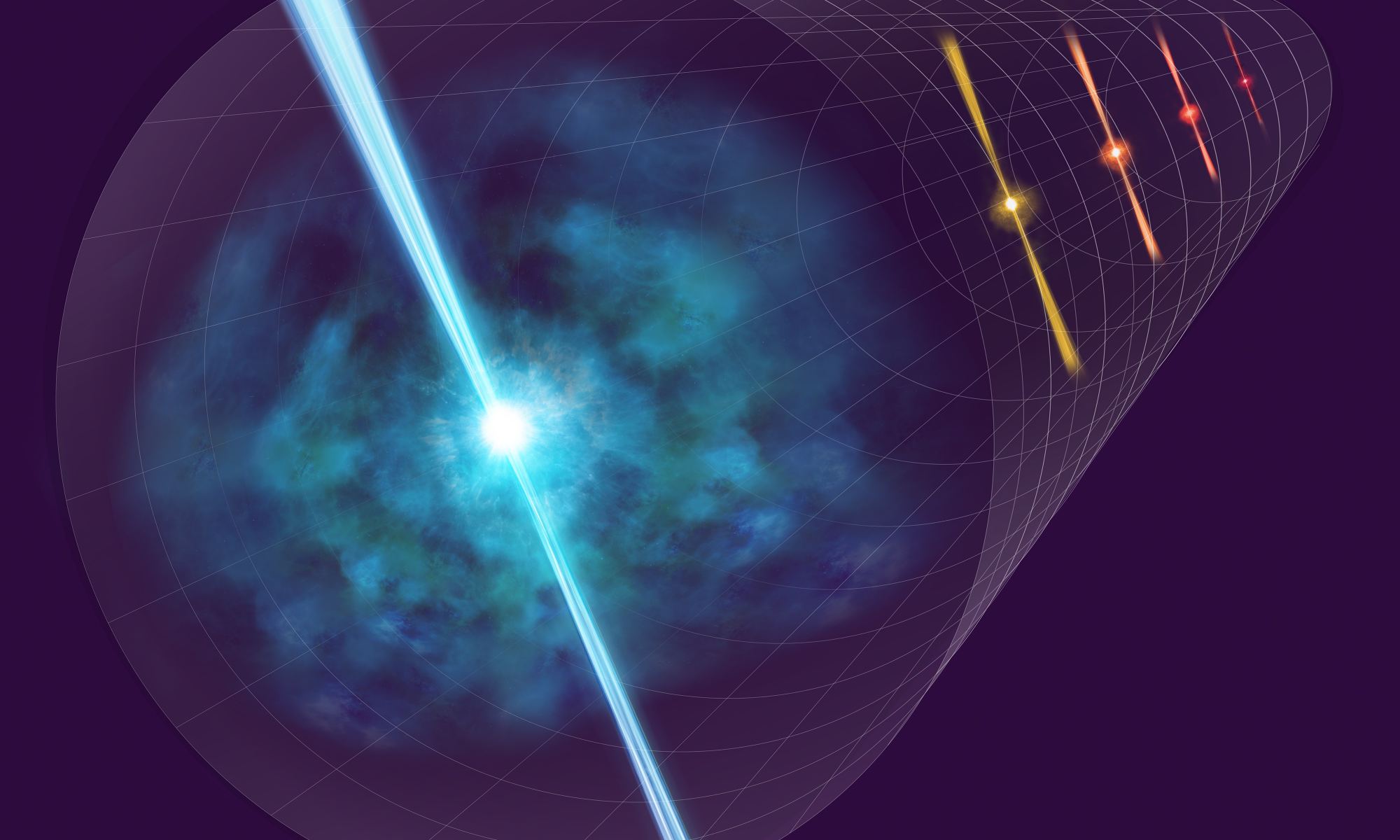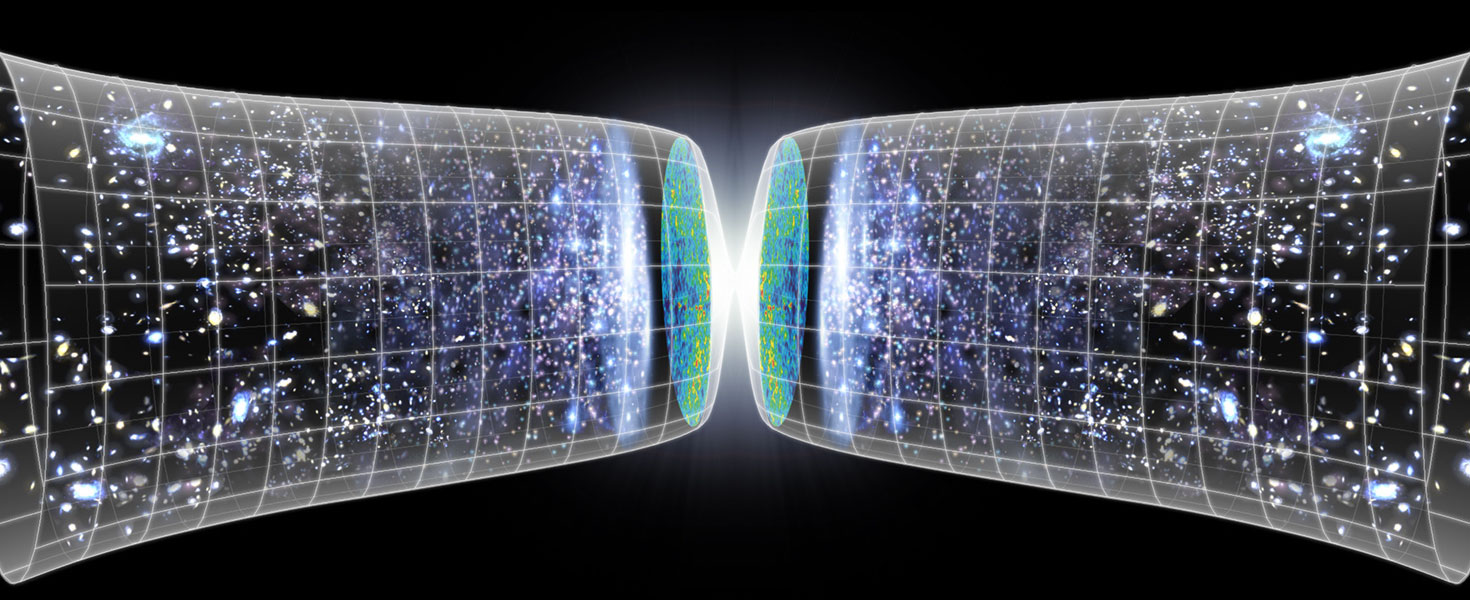One of the fundamental questions in astronomy is how galaxies formed over 13 billion years ago and have evolved ever since. A common feature that astronomers have noted is that most galaxies appear to have supermassive black holes (SMBHs) at their center – like Sagittarius A*, the ~4 million solar mass SMBH at the center of the Milky Way. These monster black holes occasionally swallow up nearby gas, dust, and stars and emit excess energy as powerful relativistic jets. This phenomenon, where the center of a galaxy outshines the stars in the disk, is known as an Active Galactic Nucleus (AGN) or quasar.
In a recent study, an international team of astronomers led by the European Southern Observatory (ESO) discovered a galaxy in the early Universe that could reveal more about this evolution. Using the Very Large Telescope (VLT) and the Atacama Large Millimeter/submillimeter Array (ALMA) in Chile, they observed a swarm of galaxies orbiting a very bright and vigorously star-forming galaxy in the early Universe. These observations provide fresh insight into how exceptionally bright galaxies grow and evolve into quasars and emit powerful jets of light across the observable Universe.
Continue reading “A Galaxy With Ten Times the Mass of the Milky Way is Preparing to Become a Quasar”









